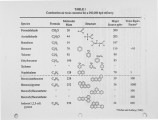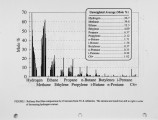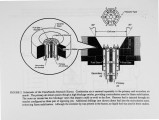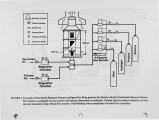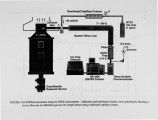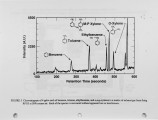| Title |
Effect of Fuel Gas Composition and Excess Air on VOC Emissions and Flame Structure of a Small-Scale Industrial Burner |
| Creator |
Edwards, C. F.; Goix, P. J. |
| Publisher |
University of Utah |
| Date |
1995 |
| Spatial Coverage |
presented at Monterey, California |
| Abstract |
Furnace-out emissions of benzene, toluene, ethylbenzene, and the xylenes have been measured for a research-grade, industrial-style diffusion flame burner operating, under well-controlled conditions representative of refinery process heaters. Flame structure was also evaluated by means of visible emission imaging. Excess air was varied from 50% to sub-stoichiometric. The fuels were methane and blends of methane, hydrogen, and propane used to simulate the process gas burned in refineries. Each fuel was tailored so that the inlet and boundary conditions on the flame were invariant between fuels-minimizing fluid mechanic differences. The results show emission levels <3 ppbv for toluene and <0.5 ppbv for the other species under normal fIring conditions. They also show an increase in emissions with fuel hydrogen and propane contents. Under sub-stoichiometric conditions, emissions increase by orders of magnitude, with benzene replacing toluene as the dominant emission. |
| Type |
Text |
| Format |
application/pdf |
| Language |
eng |
| Rights |
This material may be protected by copyright. Permission required for use in any form. For further information please contact the American Flame Research Committee. |
| Conversion Specifications |
Original scanned with Canon EOS-1Ds Mark II, 16.7 megapixel digital camera and saved as 400 ppi uncompressed TIFF, 16 bit depth. |
| Scanning Technician |
Cliodhna Davis |
| ARK |
ark:/87278/s6x3511p |
| Setname |
uu_afrc |
| ID |
7569 |
| Reference URL |
https://collections.lib.utah.edu/ark:/87278/s6x3511p |














